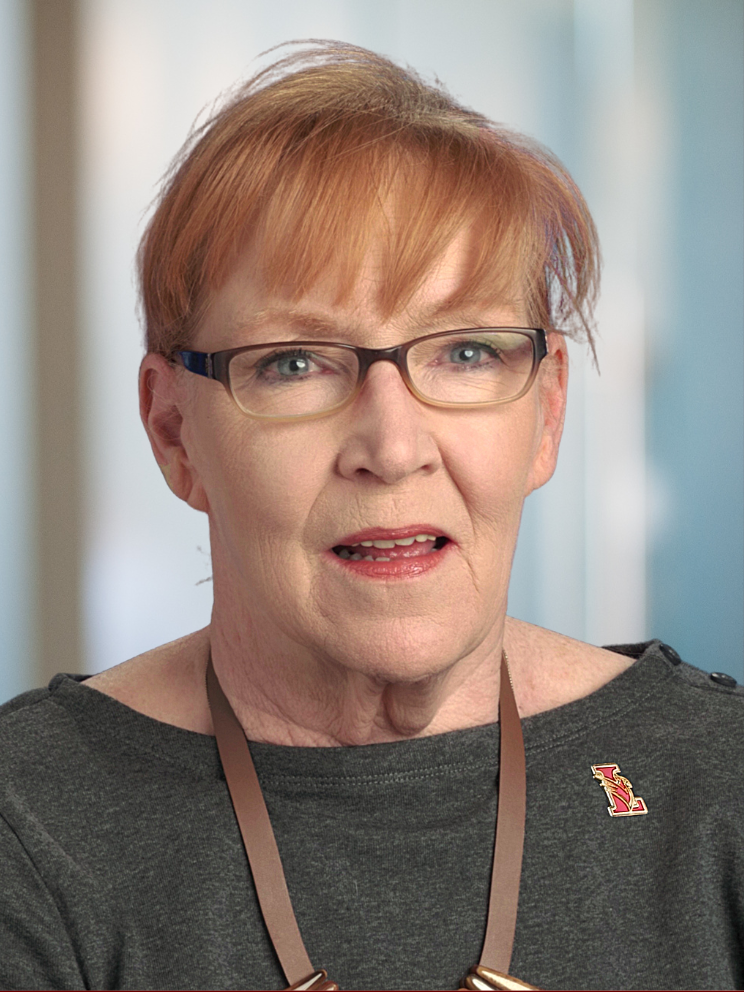About a year ago I had a pain in my shoulder that didn’t go away. I am still not sure what caused the problem but it started with a tingling and got progressively worse. Over a period of a few weeks, it turned into a condition called frozen shoulder, when the large bone of the arm sticks to the shoulder blade. I could not raise my right arm above my head and had a hard time doing even simple daily tasks like getting dressed or reaching for something from a high pantry shelf.
I did what I usually do—denied it was a problem. I babied it and as long as I didn’t move my arm out of “comfort range,” it was something I could live with. But the comfort range began to shrink, so, reluctantly, I told my chiropractor. Several friends have had shoulder surgery for this condition and I know it’s no picnic. My fear was that I would need to go this route if my chiropractor couldn’t help me.
I did a little research and found that shoulder pain is common in the 50-plus crowd, not limited to Major League baseball players at all. I learned that shoulders are ball-and-socket joints that can become dislocated from something as innocuous as putting out your arms to break a fall or even being pulled along by your dog. The upper arm bone, called the humerus, can get knocked out of its socket in the shoulder blade, tearing the supporting muscles and tendons in the process.
I was fortunate that my shoulder was not dislocated, nor did I have any nerve or artery damage, which would have required surgery.
If the shoulder is dislocated, a health care professional can reinsert the top of the humerus into the socket (don’t try this at home!), but often there is a rotator-cuff tear that requires surgery to repair. The rotator cuff is the nest of supporting muscles in the shoulder area very familiar to tennis players and pitchers—anyone in a profession that requires repetitive arm raising. For older people, however, falls are often the cause of a rotator-cuff issue.
My chiropractor suggested a few exercises to do at home and encouraged me to go to a sports massage therapist. My shoulder wasn’t noticeably improving and I was discouraged. The massage was 90 minutes of rubbing and stretching to increase range of motion, and it was not entirely pleasant. I was black and blue from the pressure on my upper arm.
I decided to try acupuncture, but after several weeks I still didn’t feel I was progressing fast enough. Wanting desperately to avoid surgery and return to full, pain-free mobility, I went with the suggestion of a physical trainer who recommended daily doses of ibuprofen, even in the absence of pain, and stretching until it hurt in the shower each day.
Finally, something kicked in. I felt the motion returning and the tingling down my arm faded to a memory.
Every case of shoulder pain is different and I can’t promise that my solution would be right for anyone else. As always, I encourage you to discuss all changes in your health with a medical professional. But as of now, I am back on track. Wii bowling, anyone?

Pepper Evans works as an independent-living consultant, helping older adults age in place. She is the empty-nest mother of two adult daughters and has extensive personal and professional experience as a caregiver. She has worked as a researcher and editor for authors and filmmakers. She also puts her time and resources to use in the nonprofit sector and serves on the Board of Education in Lawrence Township, NJ.



